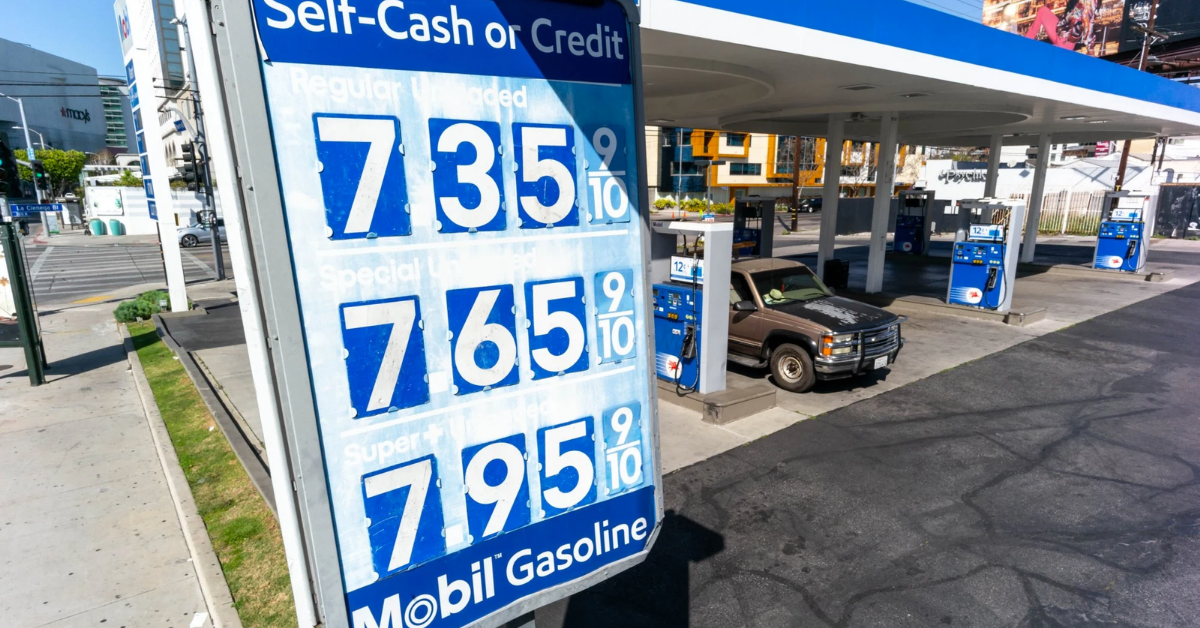After the first flush of the year saw as much as 95 percent of daily incoming water to the San Joaquin-Sacramento Delta sent into the San Francisco Bay, a new decision by the state’s water board this week will reverse course and allow for more water to be stored throughout the state’s reservoirs.
The State Water Resources Control Board has temporarily waived rules that required a certain amount of water to be flushed out to the bay, a decision that comes after the heavy rains California experienced to start the year.
The backstory: On Feb. 13 the California Department of Water Resources and the Bureau of Reclamation jointly filed a Temporary Urgency Change Petition.
- Along with the TPUC, California Gov. Gavin Newsom issued an executive order this week giving the State Water Resources Control Board the ability to modify state requirements that regulate the outflow of water from the Delta.
The big picture: Approval of the TPUC will change operations for the State Water Project and the Central Valley project through the end of March.
- The rules designed to protect Chinook Salmon and Delta Smelt have been temporarily waived, allowing the state to pump more water to cities and farms across the state. The water flow through the Delta into the Bay is now allowed to drop below 29,200 cubic feet per second.
What they’re saying: Karla Nemeth, the director of the Department of Water Resources, told the board that lifting the rules would not likely lead to environmental harm for the fish in the Delta because of the wet January that the state experienced.
- Nemeth also spoke to the challenges of moving between wet and dry extremes, as seen from January to February, leading to the TPUC request.
- “We’re essentially looking to manage the system during the February period and potentially during March if additional storms don’t generate inflow into the Delta,” Nemeth said. “We essentially have petitioned the board to think about one particular water quality standard as if it were an average year.”










